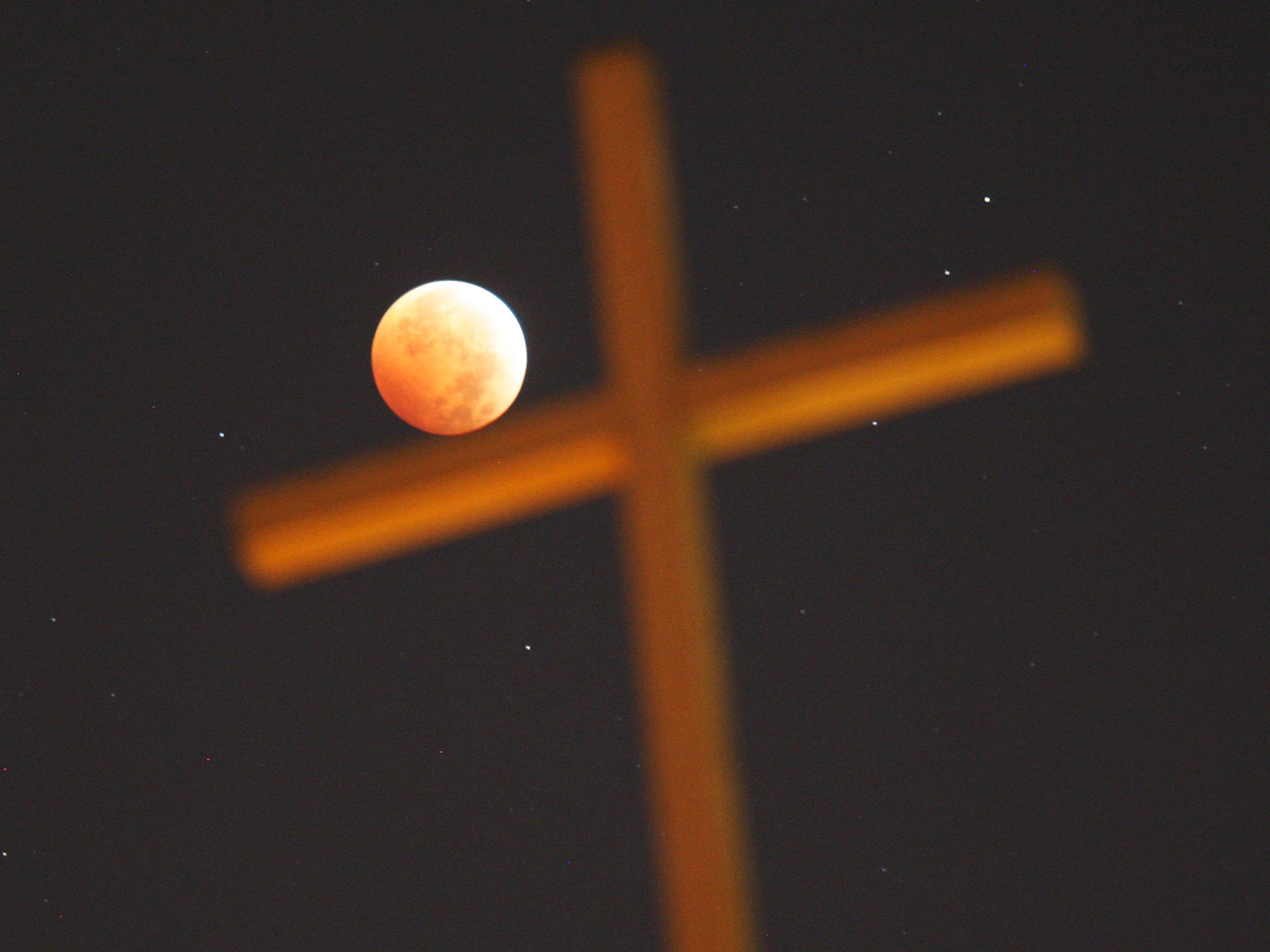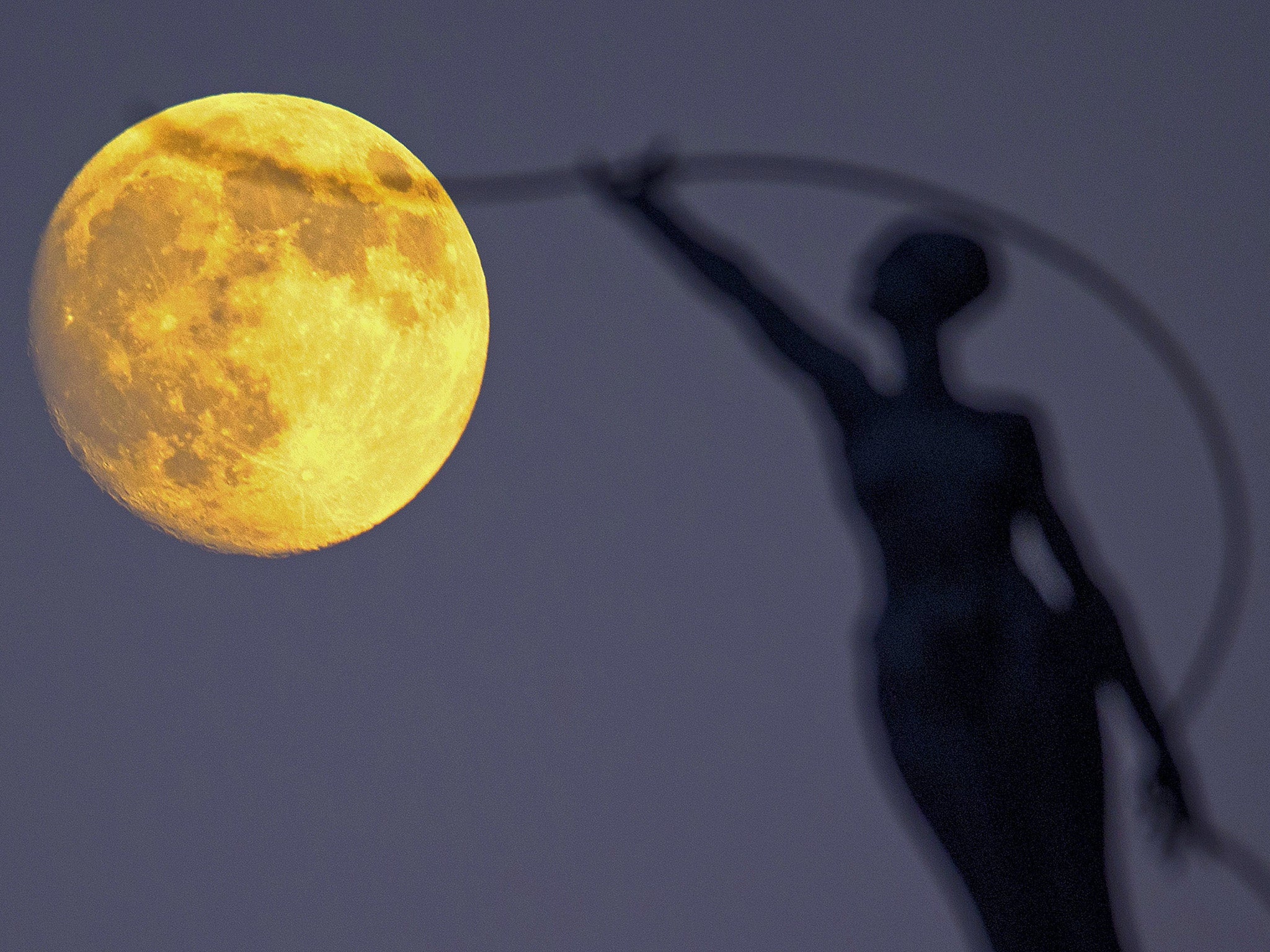SuperBloodMoon: How to photograph tonight’s Super Moon and lunar eclipse
Unlike many other big astronomical events, you won't need any special equipment and you'll get a lot of tries

Your support helps us to tell the story
From reproductive rights to climate change to Big Tech, The Independent is on the ground when the story is developing. Whether it's investigating the financials of Elon Musk's pro-Trump PAC or producing our latest documentary, 'The A Word', which shines a light on the American women fighting for reproductive rights, we know how important it is to parse out the facts from the messaging.
At such a critical moment in US history, we need reporters on the ground. Your donation allows us to keep sending journalists to speak to both sides of the story.
The Independent is trusted by Americans across the entire political spectrum. And unlike many other quality news outlets, we choose not to lock Americans out of our reporting and analysis with paywalls. We believe quality journalism should be available to everyone, paid for by those who can afford it.
Your support makes all the difference.One of the moon's biggest nights in decades is about to happen. And it's not going to happen for another 18 years – so you might want to make sure you get a photo to remember it by.
Here's how to take the best photos of the events – whether you're using specialist equipment or just want to snap a memento on your smartphone.
It’s a good idea to ensure that you take photographs of the moon with other things in the frame, for perspective. The moon might look big to the naked eye, but that means nothing without context – and everyone will be taking pictures of just the moon, anyway.

Nasa’s senior photographer has said that he often takes days scouting out potential locations for taking pictures from. “It means doing a lot of homework. I use Google Maps and other apps – even a compass -- to plan where to get just the right angle at the right time,” he has said.
Unlike many astronomical events that people tend to try and take pictures of – like comets or the flyby of the International Space Station – the moon’s big night will last for a good amount of time, letting you spend time thinking about your photo and re-taking if necessary. The total lunar eclipse that marks the highlight will last just over an hour, but something will be happening for much of the night.
And unlike a solar eclipse, there’s no need for any special equipment and good photos can even be taken on a smartphone. The only likely problem is that smartphones aren’t as good at zooming as the big telephoto lenses that you can stick on a proper camera – so you might want to think even more about photographing the moon next to some other locations.
But it’s still important to ensure that the settings are correct. So use the daylight white balance if you’re using a good camera, for instance. And ensure that you’re not using too slow a shutter speed – the moon itself is moving so might become blurred, and any movements you make will lead to the picture looking bad.
If you do manage to snap a good picture, share it with us at @IndyScience. You can also enter Nasa’s photo contest, which is hosted on the agency’s Facebook page as a way of collecting the best images from around the world.
Join our commenting forum
Join thought-provoking conversations, follow other Independent readers and see their replies
Comments